EUROPEAN GREEN WOODPECKER, PICUS VIRIDIS, DZIĘCIOŁ ZIELONY
European green woodpecker, Picus viridis.
The Green woodpecker, Picus viridis is a green woodpecker with a bright red crown and a black moustache. Males have a red centre to the moustache stripe which is absent in females.
The scientific name is derived from the Latin picus, meaning woodpecker, and viridis meaning green.
It is resident across Europe and but in Spain and Portugal it is replaced by the similar Iberian green woodpecker, Picus sharpei.
The European green woodpecker spends much of its time feeding on ants on the ground. It is a shy bird, and is more often heard than seen, drawing attention with its loud calls.
The main food of the green woodpecker is ants, for which it spends much of its time foraging on the ground. Other insects and small reptiles are also its food. At ant nests, it probes into the ground and licks up adult ants and their larvae. The beak is relatively weak and used for pecking in soft wood only. In common with other woodpecker species, the green woodpecker’s tongue is long – about 10 cm and has to be curled around its skull. The green woodpecker have tongues that wrap to the back of their head.
A nest hole is excavated in a tree. In a single brood there are four to six eggs are laid which hatch after 19–20 days.
The European green woodpecker measures 30–36 cm (12–14 in) in length with a 45–51 cm (18–20 in) wingspan.
Interesting Facts about green woodpeckers:
- Spend most of their time on the ground.
- Love insects, but ants are their favourite food. They’re digging into ant colonies.
- European Green Woodpeckers play an essential ecological role as natural pest controllers. By feeding on ants, they help regulate their populations, preventing potential damage to forests and grasslands.
- Have a slightly weaker beak than other woodpeckers, so prefers to select softer or dead wood.
- Male and female green woodpeckers look similar, but adult males have a lot of red in the moustachial stripe, while there is none in that of an adult female.
- One of the most unique features of the European Green Woodpecker is its distinctive laughing call, often described as “yaffling.” This vocalization is quite loud and carries over long distances. It is often heard during territorial disputes or as a means of communication between mates.
The European Green Woodpecker is a fascinating bird with its distinct appearance, behavior, and ecological role. Its presence adds vibrancy to European ecosystems and provides a connection between nature and cultural traditions.
EUROPEAN GREEN WOODPECKER, PICUS VIRIDIS, DZIĘCIOŁ ZIELONY
Leave a Reply
Want to join the discussion?Feel free to contribute!

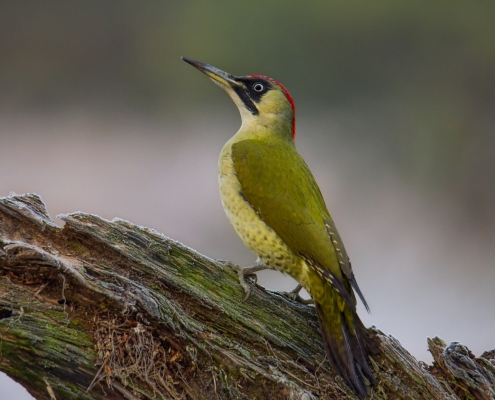
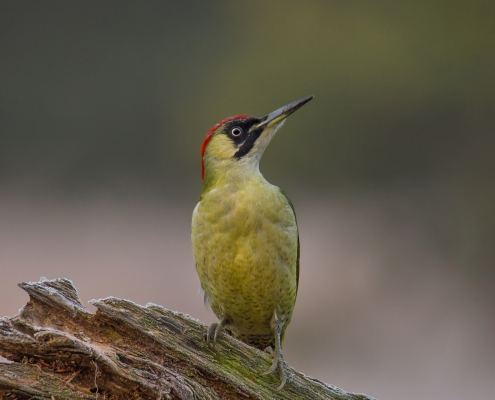
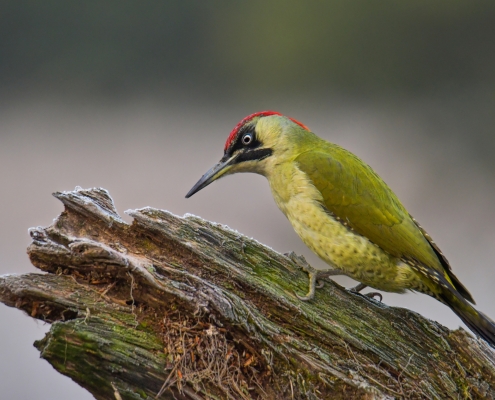
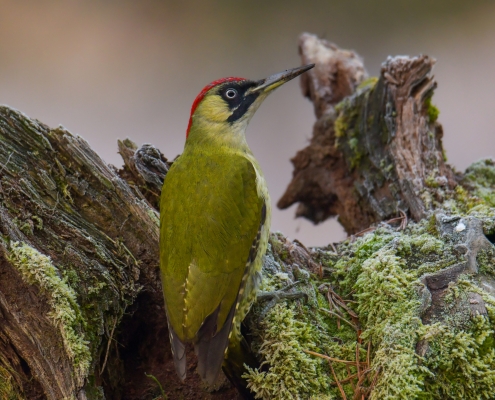
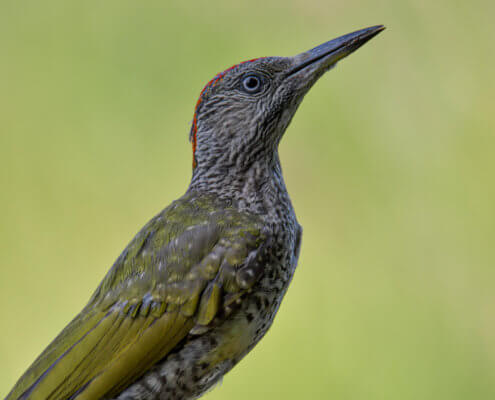
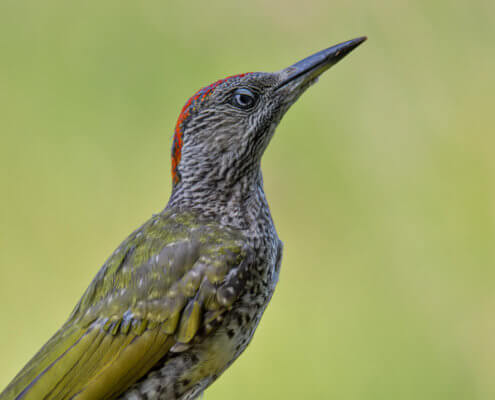

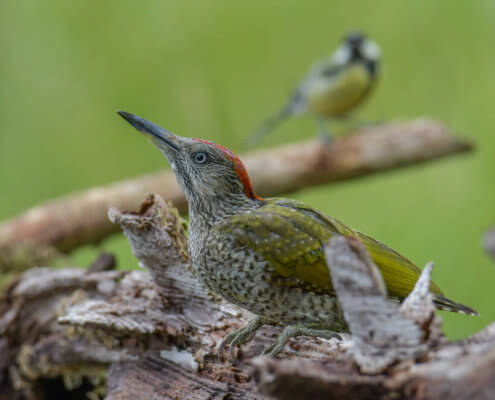
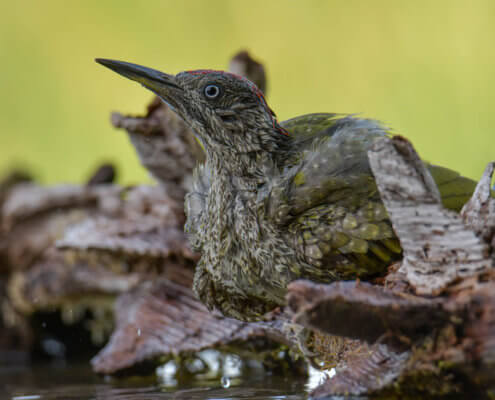
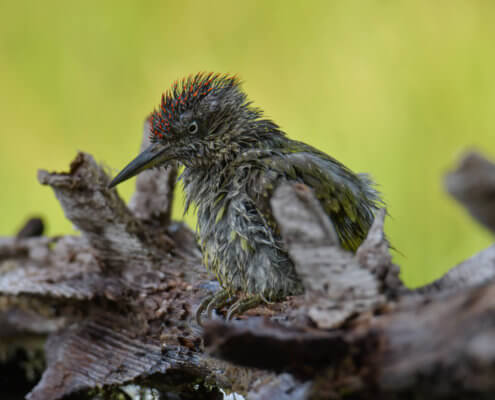
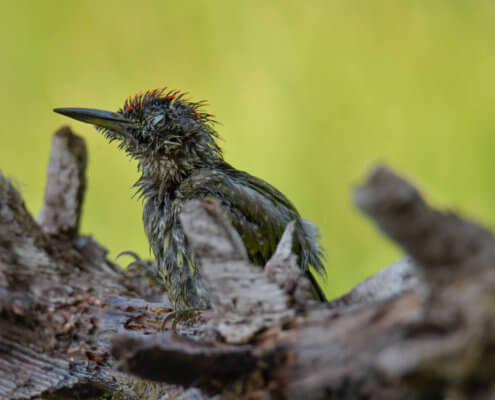


WOW!